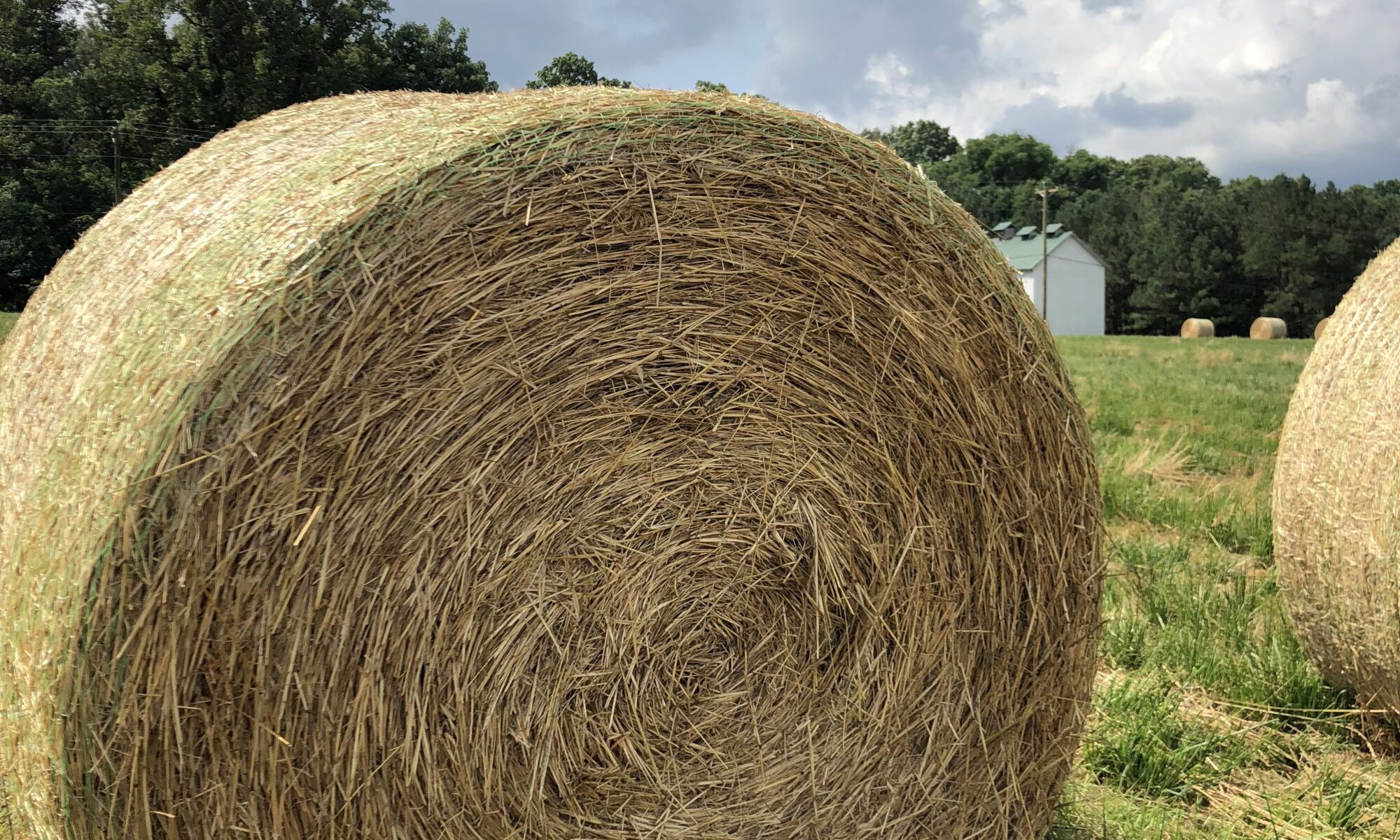

Dr. Katie Mason
Assistant Professor and Extension Beef Cattle Nutrition Specialist
Department of Animal Science
P: 865-974-8941
Originally published in Progressive Cattle magazine:
http://www.agproud.com/articles/61631-southeast-make-hay-testing-easy-for-you
It’s hard to believe that summer is here and it’s time to cut hay and grill steaks. Cutting, tedding, raking, and baling is sure to keep folks busy for now. In the midst of hay season, one often thinks about when they will get their next cutting. Weather, or just having the time to get around to it, typically dictates cutting date. But stage of maturity has the greatest influence on hay quality. Occasionally, things align just right to get a hay harvest at the ideal stage of maturity, but often, cutting takes place when the forage is mature, resulting in lower quality hay. There is a tradeoff of yield and quality, but quality is so important when it comes to utilizing the hay during the winter hay-feeding season.
So what about hay testing? The only way to truly know the nutrient content of hay is to submit a sample to a forage testing lab and have it analyzed. This information can assist you in making feeding decisions for various stages of production and potentially marketing your hay at a greater price. What better time to test hay that when you are putting it into the barn? The following information will guide you through the process.
- Test each lot of hay separately. A lot is defined as hay that was harvested at the same time from the same field under the same conditions.
- Use a hay probe to collect 15 to 20 core samples from each lot of hay. Your local Extension agent can help you locate a hay probe in your area.
- Insert the hay probe at a 90-degree angle to the round side of the bale angle towards the center.
- Remove the hay probe and empty the contents into a clean bucket or bag.
- After sampling the complete lot, mix the sample thoroughly and place into a 1-gallon zip lock bag. The bag should be at least half full.
- Seal the bag and use a permanent marker to write the sample name on the bag. Each sample will need a unique sample name.
- Send the sample to a forage testing lab for analysis.
Your local county Extension office is a great resource if you have any questions about collecting or submitting hay samples. Remember that matching hay quality to the nutritional needs of your livestock can result in feeding less total supplemental feed throughout the winter-feeding season. And that decision is made easier by testing your hay! So even though hay season gets busy, it is important to take some time to test each cutting and think about how the hay you’re making this month will be used in the months to come.